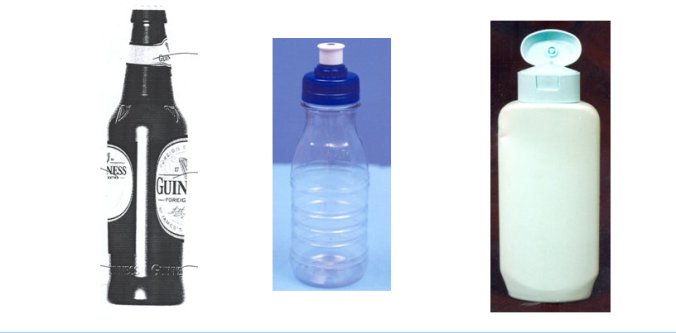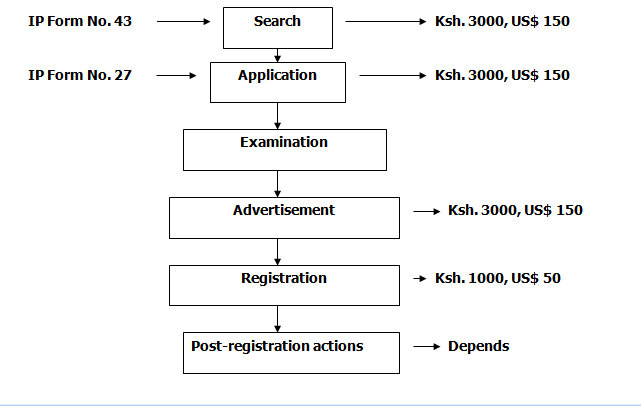
The main object of this Act is to provide for the promotion of inventive and innovative activities, to facilitate the acquisition of technology through the grant and regulation of patents, utility models, technovations and industrial designs. Section 3 of the Act establishes the Kenya Industrial Property Institute (KIPI).
KIPI is the main implementation and administration agency for industrial property in Kenya. It liaises with other national, regional and transnational intellectual property offices, patent offices and international organizations that are involved in industrial property protection. KIPI’s mandate includes: considering applications for and granting industrial property rights; screening technology transfer agreements and licences; providing to the public industrial property information for technological and economic development; and promoting inventiveness and innovativeness in Kenya.
The Act also establishes the Industrial Property Tribunal to deal with cases of infringement. Section 109 of the Act also criminalises infringement on others patents, registered utility models or industrial designs.
The application forms for patent, industrial design and utility model are available here.
The current fees payable to KIPI for patent, industrial design and utility model applications are available here.
Patents and Utility Models under the Industrial Property Act

A patent is a legal document granted by a State that secures to the holder, for a limited period, the right to exclude others from making, using, selling, offering for sale, and importing the patented subject matter. Any new and useful process, product, composition of matter, or any improvement thereof, may be patented, if such invention meets these three requirements: (1) Novelty; (2) Inventive step i.e must not be obvious to a person of ordinary skills in that field of art, and (3) Industrial applicability.
The following are not patentable:
- Discoveries or findings that are products or processes of nature, where mankind has not participated in their creations
- Scientific theories and mathematical methods
- Schemes, rules or methods of doing businesses or playing games or purely performing mental acts.
- Methods of treatments of both human and animals by surgery or therapy as well as diagnostic methods practice thereto, except products for use thereof.
- Inventions contrary to public order, morality, public health and safety, principles of humanity and environmental conservation
The steps to be followed for grant of a patent in Kenya are as follows:

NB: Please note that the fees indicated in the diagram above may not be up-to-date, consult the link in the box above for the current fees.
Industrial Designs under the Industrial Property Act

An industrial design refers to the ornamental or aesthetic features of a product. In other words, it refers only to the appearance of a product and NOT the technical or functional aspects.
Any products of industry can be protected as an industrial design including: fashions, handicrafts, technical and medical instruments, watches, jewellery, household products, toys, furniture, electrical appliances, cars; architectural structures; textile designs; sports equipment; packaging; containers and “get–up” of products
The requirements for industrial design protection are: (1) Novelty; (2) Originality i.e. independently created; and (3) Design must have “individual character” – when overall impression is evaluated against others.
The registration process for an industrial design in Kenya is as follows:

NB: Please note that the fees indicated in the diagram above may not be up-to-date, consult the link in the box above for the current fees.









